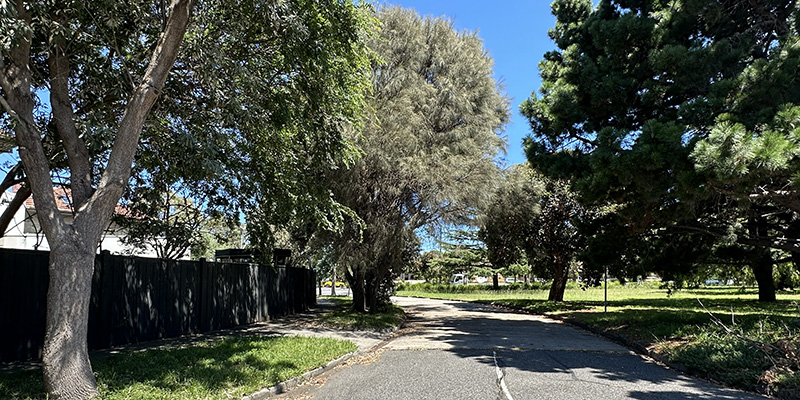Henry Brouard Grut: The Brothers Grut: part 1
Henry Brouard Grut
Henry was the eldest surviving child of Peter and Elizabeth Grut née Bichard. He was born on the island of Guernsey in 1853. The family migrated to the colony of Victoria in 1855. The family lived and prospered in Port Melbourne for many years. Henry lived with his family in ‘Guernsey House’, 232 Esplanade East.

Like all the male members of the Grut family Henry made his occupation in the building industry. However, Henry worked as a carpenter/joiner for many years at the railway workshops in Williamstown and then Newport, rather than as builder or architect as his father and younger brothers did.
He, without doubt, also worked on the houses that his wife owned as part of an inheritance from her mother. Henry had married Ann Elizabeth Hutton in 1882. After marrying they lived at 14 Nelson Road, South Melbourne. This house, as well as numbers eight, ten and twelve Nelson Road, were all owned by Henry’s wife. In total Ann Grut owned ten properties in Port Melbourne, South Melbourne, Williamstown and Tyabb. All but the three houses, which come under the name ‘Everton Terrace’ at 471, 473 and 475 Bay Street, Port Melbourne, were inherited from her mother.
Ann was a school teacher and records show that in about 1863 she became a registered teacher. The Valuation Books and the Sands and McDougall directories from 1869 to 1874 list a “ladies’ school” under the name of Miss Hutton as part of allotment 3 of section 33, Port Melbourne. There were four wooden houses erected on this allotment listed as being owned by William Hutton until his death in 1875. These houses were demolished after 1894/95 because the allotment was listed as vacant land in both Ann Grut’s will and her mother, Ann Hutton’s will. Ann Hutton’s will was submitted for probate after she died in 1901, whilst Ann Grut’s was actioned after she died in 1903.
Ann Grut’s 1902 will and codicils from 1903 were challenged by her husband Henry. According to the will he was to receive just £100 from his wife’s estate, which was valued at £4,300 in total. In a somewhat bizarre twist of fate this inheritance had been reduced to nothing by the first codicil. The second codicil stated that three of Ann’s friends were to be given houses from her estate. In the will the balance of her estate was to go to Ann’s cousin Octavia McDavid née Christian who lived in Liverpool, England. After hearing evidence for several days Mr Justice Hodge of the Supreme Court agreed that the codicils had been prepared when Ann’s judgement was impaired by the stroke she had suffered in 1896, which had been causing her mental state to gradually deteriorate, and they were disallowed. However, the will was deemed to stand. Henry appealed to the full bench of the court but Mr Justice a’Beckett decided that Justice Hodge had not erred in his ruling, and he would not allow the appeal to proceed.
Presumably, Henry received his £100 but this was most likely swallowed up by legal expenses, and cousin Octavia received the benefit of sale of the 10 houses, vacant land and bank deposits, after costs had been paid.
Henry married for the second time in 1906 to Julia Corker and they had three children, Alice, Frederick and Albert. Unfortunately, Julia died while still quite young in 1927, when 45. She had been born in the same year that Henry had married Ann Elizabeth Hutton, 1882. Henry lived to the age of 86 and died in 1939.
Ray Jelley
November 2017
Peter Gallienne Grut: The Brothers Grut: part 2
John Bichard Grut: The Brothers Grut: part 3
More
Guernsey House 232 Esplanade East, Victorian Heritage database (2004) Note this is a National Trust statement of significance.

